Weight loss can be a real issue for people suffering from sciatica, especially when pain means you can’t exercise. Fortunately, weight loss IS still possible and the benefits should outweigh the effort. Let’s dive into how to lose weight without exercise…
Aims of this post:
- Give you the reasons WHY you should lose weight when you have sciatica
- Give you the step-by-step method of how you lose weight without exercise in a reliable, simple to follow way
- Talk about the body and the diet and how they work on a practical level
- Give you the equations you need to make your own effective meal plans
Before we dive in, please be aware that we are part of the Amazon Affiliate programme. This page may contain Amazon affiliate links, so if you choose to purchase a product for your sciatica that we recommend through a link on this page, we will receive a small commission at no extra cost to you. This helps us keep Overcome Sciatica alive! Thank you for your support. Please be assured that we only ever recommend products that we truly believe can help.
Why Lose Weight When You Have Sciatica?
The topic of weight loss is becoming more and more like a minefield despite our knowledge of the human body growing by the minute.
Losing weight is hard anyway, never mind the added complication of dealing with back pain and sciatica.
Most of the people I work with already understand that the weight they are struggling to lose is more than likely making their symptoms worse.
In a study written in the journal Arthritis & Rheumatism, the authors concluded that every extra pound of body weight can add as much as FOUR pounds of compressing force through the discs and joints in the back.
So being just a few pounds overweight can equate to a huge increase in the stress being placed upon your back.
What’s more, people who are overweight will recover more slowly from a bout of sciatica for that same reason.
And what’s even more, this fact also applies if you’ve recently had surgery; being overweight can significantly hamper your recovery following lower back surgery, so much so that many surgeons refuse to operate on people until they’ve lost the poundage.
In case that wasn’t enough of a reason for people with sciatica to want to lose any excess weight, being overweight is positively correlated with levels of inflammation throughout the entire body.
We know that high levels of inflammation cause worse symptoms and significantly hamper recovery, so minimising inflammation is paramount to getting better.
To read more about why inflammation is not our friend in sciatica, you should read this article here.
With that said, it’s certainly not as easy as deciding you’re going to lose weight and the pounds just magically falling off!
I completely understand the hard work and effort that goes into any weight loss journey, so I certainly don’t take it lightly.
So How Does Someone with Sciatica Lose Weight?
The classic, universal way to lose weight is to eat less and exercise more, right?
Technically, yes, but it’s also not that straight forward; especially when you have sciatica.
For a start, I’m completely aware of the fact that lifting weights, hitting the cross trainer or attending Body Pump classes is absolutely out of the question for many of you, simply because of your pain levels.
I’m here to tell you today that that is completely OK!
Hopefully, the rest of this article will go some way to giving you a handy tool for sensible weight loss without exercise… and without the suffering you might go through from some diet and exercise plans I see online.
How to Lose Weight Without Exercise When You Have Sciatica – Your Diet
To understand how to lose weight without exercise in a sustainable, effective way, we first need to understand a few basics about our diets.
As you’re already aware, human beings get our energy from the food we eat.
We express these units of energy as “calories” (or kcal, same thing).
When we consume more calories than we use each day, we gain weight.
When we consume less calories than we use each day, we lose weight.
When it boils down to it, that is essentially the only thing you need to work out how to lose weight without exercise. However, it pays to know a little more to make sure you lose the right kind of weight – i.e. fat!
Macronutrients
The foods in our diet are broken down primarily into 3 main types of macronutrient.
These are: protein, carbohydrates and fat.
Protein is the macronutrient that acts as a building block for healthy tissue. It is found in meat, fish, eggs, nuts, beans and dairy. In each gram of protein, there is roughly 4kcal.
Carbohydrates can be categorised into complex carbohydrates and simple sugars. Complex carbohydrates release their energy into the bloodstream slowly (like brown rice and brown pasta). Simple sugars release their energy into the bloodstream quickly. Both types of carbohydrate have roughly 4kcal per gram.
Fat is a high-energy macronutrient. It is found in meat, dairy, avocados, nuts, oils and butter. Each gram of fat contains 9kcal.
Why I’m Talking About Macronutrients!
Although you could technically just count your calories, hit a daily goal, and still lose weight, maintaining an appropriate balance of protein, carbohydrates and fats is really important.
Why?
Because there are hundreds of processes in the body that rely on these molecules being present; not to mention the vitamins and minerals we get from a well-rounded diet including sensible amounts of proteins, fats and carbohydrates.
There are technically many different diets you can follow to achieve the same goal, but I am going to strip things back to basics and give you an easy equation that you can follow to work out exactly how many calories you need, and what you need to be eating to make up those calories.
Basic Metabolic Rate
Your basic metabolic rate (or BMR for short) basically means the number of calories you burn each day just to stay alive.
It does not take into account any daily activities, which obviously each burn more calories.
Your daily calorie need = Your BMR + Calories Burned During Activity
You can calculate your BMR and daily calorie need with this handy calculator:
Basal Metabolic Rate (BMR) and Daily Calorie Needs – Calculator Online (Harris-Benedict equation)
Once you’ve entered your weight and activity levels, write down the number for your Daily Calorie Needs.
Now, I want you to subtract 200kcal from this number. This will give you your target.
So, if you had a Daily Calorie Need of 2500kcal, it would look like this:
2500kcal – 200kcal = 2300kcal
So 2300kcal would be your new daily target.
Once you have this number, write it down! This will be the target number of calories you need to hit each day to lose weight without exercise in a safe, consistent way (without feeling like crap all the time!)
Fitting Macronutrients into Your New Daily Target
So now you have your new target goal of calories to hit each day.
You might be surprised by how much food you can actually fit into this target, while still losing weight!
However, if you choose the wrong foods, that daily allowance will disappear very fast…
That is why it’s important to choose the RIGHT foods each day to help you lose weight without exercising.
As I stated before, each macronutrient (protein, carbohydrate, fat) contains a different number of calories per gram.
These numbers again are: protein and carbohydrate – roughly 4kcal per gram; and fat – roughly 9kcal per gram.
This means that if you ate a food that contained 100g of carbohydrate, you would have just consumed 400kcal.
However, if you ate a food that contained 100g of fat, you would have just consumed 900kcal, which may well be almost half your target in one go!
Now, I’m definitely not saying fat is bad – it’s absolutely essential in the human diet – I’m just saying you need to eat LESS of it to gain the same amount of energy as you would protein or carbohydrate.
Now let’s have a look at the number of grams of protein, fat and carbohydrate that you should be aiming to eat each day to lose weight without exercise.
The Starting Point
As a good starting point, I would suggest your diet consists of:
- 40% of your kcal should come from protein
- 30% of your kcal should come from carbohydrate
- 30% of your kcal should come from fat
Here’s how you work it out:
- Multiply your target calorie intake by 0.4, then divide the resulting number by 4. This is how many grams of protein you should aim for each day.
- Multiply your target calorie intake by 0.3, then divide the resulting number by 4. This is how many grams of carbohydrate you should aim for each day.
- Multiply your target calorie intake by 0.3, then divide the resulting number by 9. This is how many grams of fat you should aim for each day.
In the previous example of a daily calorie target of 2300kcal, it would look like this:
(2300 x 0.4) / 4 = 230g of protein each day
(2300 x 0.3) / 4 = 173g of carbohydrate each day
(2300 x 0.3) / 9 = 77g of fat each day
Put your own calorie target into the above equation and write your numbers down.
The best way to stay on top of your goal, in my opinion, is to use a diet tracking app like MyFitnessPal. You simply enter in what you eat, and it tells you how many calories and grams of each macronutrient you’ve had each day.
What’s even better is that it’s completely free! I personally use it myself and find it really interesting (and sometimes surprising!)
I hope that has given you some ideas for your own diet!
Obviously, this isn’t going to work for everyone; not everyone can fit this into their lifestyle and it does take some self-control. However, it’s a really easy way of working out what you can include in your diet and what you should leave well alone!
I feel that tracking your calories and macronutrients each day is the best way to lose weight without exercise. Once you get into the habit of it, it becomes quite easy to track your meals. We as humans tend to eat a lot of the same stuff each day too, so once you’ve calculated it once, it gets far easier from there.
Remember, to lose weight without exercise, you need to stay on or below your daily target of calories that you worked out earlier in this article.
However, I am a realist, and I understand there will be days when you can’t stay under this number. Don’t worry, this will happen to everyone!
For that reason, I would say it’s absolutely OK to have one day per week when you go over your target number and still lose weight. People in the fitness community call this a “cheat day” and it basically means you can eat whatever you want (within reason) for one day per week.
Why is this recommended?
Simply because it takes a lot of willpower to lose weight without exercise.
If you’re using your willpower non-stop, resisting all your favourite foods, it can get de-moralising.
So having a day where you are allowed to “cheat” often actually IMPROVES the outcome of a diet (because you’re less likely to cheat during “on” days!)
So cheat away, and happy counting!
A Few More Tips!
There are a few more things I really should mention about your diet before I wrap up.
Firstly, making sure you are drinking enough water is absolutely vital! You need to be aiming for at least 2 litres per day; and increase that by a litre after very strenuous activity.
Also, watch out for “hidden calories” when you are tracking your daily intake!
Spreads, oils and dressings all have high levels of hidden calories which can really skew your numbers if you don’t record them. Because you’re aiming for a deficit of just 200kcal, if you have a dash of olive oil and a load of Caesar dressing on your salad, that can easily add 200kcal without you even realising, meaning you haven’t hit your target for that day!
You should also try to include more of THESE foods, while avoiding more of THESE foods!
Summary
I hope this has been an educational post for you and that it’s given you a few new strategies to help with weight loss when you have sciatica and can’t exercise as a result.
I have found with my clients that just a few pounds of weight loss can have a significant effect on their pain levels. I know a few pounds might not seem like much but remember, if you lose 3 pounds, that’s 12 pounds less pressure going through your spine, discs and joints!
I hope you have a great day!
If you have any questions about this article, leave me a comment below and I’ll get right back to you! Alternatively, you can send me an email to my personal address: will@howtogetridofsciatica.com if you’d like to ask me anything at all about this post.
Seriously, don’t be shy!
Never start a new diet plan without consulting a doctor or nutritionist first. Not all diet plans are suitable for everyone and should be tailored to a person’s specific goals and needs. This article is for informational purposes only.
The information on Overcome Sciatica should never be used as a substitute for medical advice from a doctor. Never put into action any tips or techniques from Overcome Sciatica without checking with your doctor first. Please see full terms of use here.

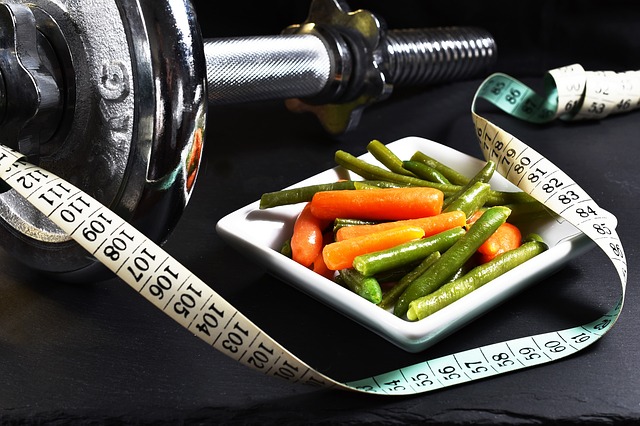
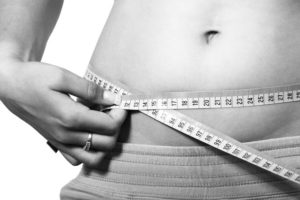
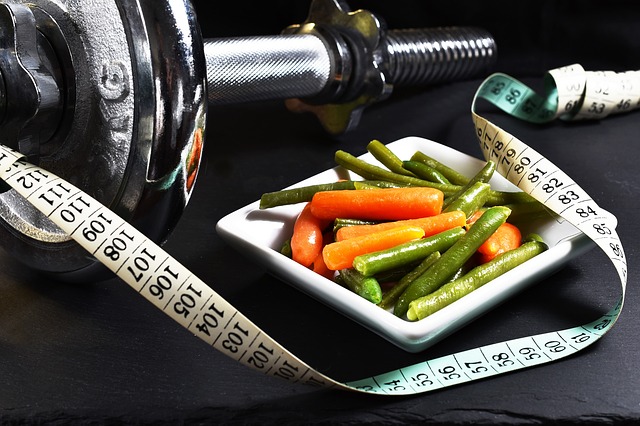
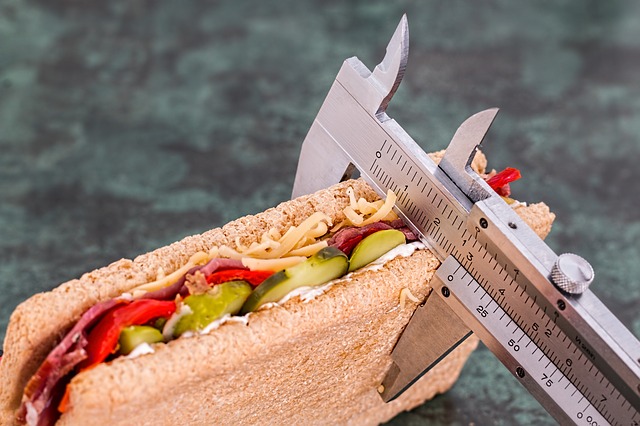
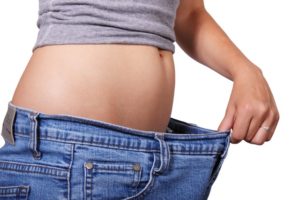
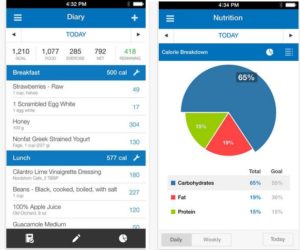
I am loving the Guide to Weight Loss and can imagine how inspiring and helpful it would be to those with sciatica. Thanks, Will!
Thank you, Will. I have sciatica so read everything you write.